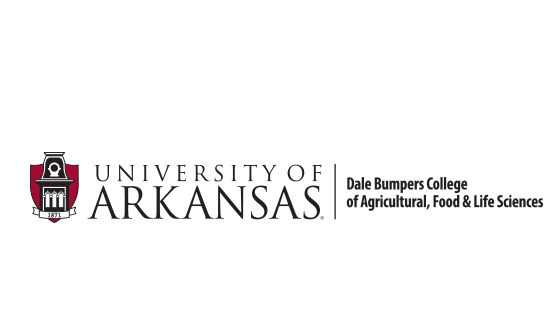Keywords
Child care facility, portion control, food waste
Abstract
Food waste in child care facilities is both a monetary waste and a danger to the environment. The purpose of this study is to explore the impact of portion control in a child care facility on the amount of food wasted and the costs associated with food waste. It was hypothesized that establishment of portion control will result in a reduction in the amount of food waste of lunches and afternoon snacks generated by preschool children attending the University of Arkansas Bumpers College Jean Tyson Child Development Study Center (JTCDSC). A four-week study was conducted where two trials were introduced: 1) a two-week trial using the current “family-style” serving method that was “un-portioned”, and 2) a two-week trial using a “portion-sizing” that followed USDA portion serving recommendations. A 12.54% reduction in the amount being served in kilograms, a 33.26% reduction in the amount of food being wasted in kilograms, and a reduction of $73.22 being thrown away as monetary waste occurred when comparing the portioned method to the un-portioned method. In conclusion, the portioning method as implemented was successful in reducing food waste and monetary loss from food waste when compared to the current food serving method in a child care facility.
Recommended Citation
Wright, M. E., & Way, K. A. (2017). Limiting Food Waste in Child Care Facilities through Implementation of Portion Sizes. Discovery, The Student Journal of Dale Bumpers College of Agricultural, Food and Life Sciences, 18(1), 99-105. Retrieved from https://scholarworks.uark.edu/discoverymag/vol18/iss1/16




